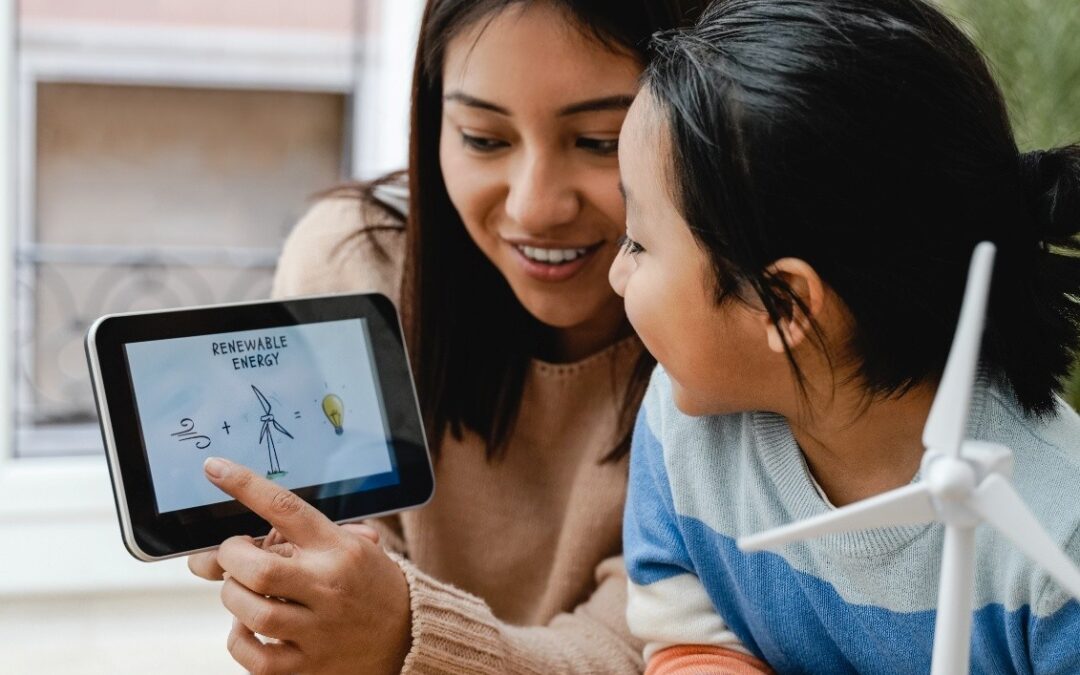These days, even toddlers can operate a touchscreen better than most adults, so don’t be surprised if your preschooler shows you how to close your apps! At Celebree School, we know that the digital world is woven into daily life, and that includes early childhood education. But when it comes to technology in education, how do we know what’s helpful, what’s harmful, and where to draw the line?
We’re here to break down the pros and cons of technology in education, especially for our littlest learners. No panic, no pressure—just honest insights from child-focused professionals who understand that balance is key.
The Bright Side: How Technology Can Support Early Learners
1. Tech Sparks Excitement in the Classroom
Kids are naturally drawn to screens—tablets, laptops, smartboards, you name it. When used with intention, technology can transform a lesson into an adventure. Educational apps, interactive storytelling, and digital games help keep young minds engaged and eager to learn.
2. It’s a Glimpse Into Their Future
From smart homes to AI assistants, the world our children are growing into is packed with technology. Introducing basic tech tools during early childhood education helps build digital literacy from the ground up, laying a foundation for skills they’ll need in school and beyond.
3. Curious Minds Thrive With Instant Access
Is your child obsessed with dinosaurs? Outer space? Underwater volcanoes? (Yes, that’s a thing!) Technology gives curious kids the ability to explore interests on demand with videos, virtual field trips, and kid-friendly search tools. That kind of spontaneous learning is golden.
The Flip Side: Technology’s Challenges in Early Childhood
1.Screen Time Can Distract More Than Teach
Sometimes, that fun-looking app turns into a digital black hole. Without guidance, children may stumble onto content that’s either off-topic or just not age-appropriate. Supervision, filters, and clear boundaries help keep tech time safe and educational.
2. Less Face Time, More Screen Time
Human connection is the heartbeat of early learning. Too much time on devices can edge out opportunities for play, communication, and collaboration with peers. It is possible to make space for both to encourage social-emotional growth right alongside academic development.
3. Not All Tech Promotes Creativity
Some apps do all the thinking for kids, leaving little room for imagination. But not all technology is created equal! The key is choosing tools that promote problem-solving, open-ended play, and creativity, along with hands-on activities like building blocks, crafts, and storytelling.
Our Approach: Tech in Moderation, Purposefully Used
At Celebree School, we’re big believers in balance. Technology in education is most powerful when it enhances—not replaces—the magic of childhood learning. We thoughtfully integrate digital tools where they add value, always paired with teacher interaction, physical activity, and time to just be a kid.
Because at the end of the day, no app can replace the joy of making a new friend, the pride of solving a puzzle on your own, or the wonder of finger painting your first masterpiece.
The Takeaway for Parents
Technology isn’t inherently good or bad. It’s all in how it’s used. The pros and cons of technology in education give us plenty to consider, but at Celebree, we choose to embrace its benefits while keeping our focus where it belongs: on the whole child.
Ready to learn more about how we nurture bright beginnings, tech tools and all? Come visit your neighborhood Celebree School!

